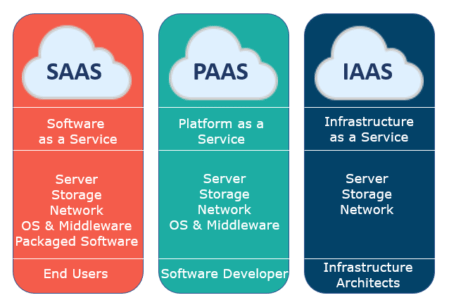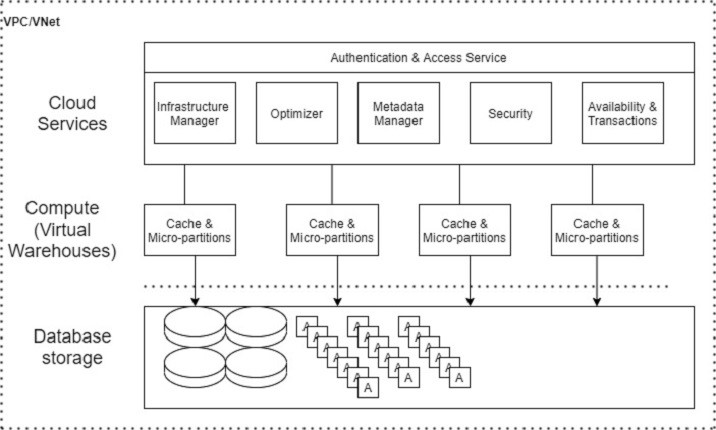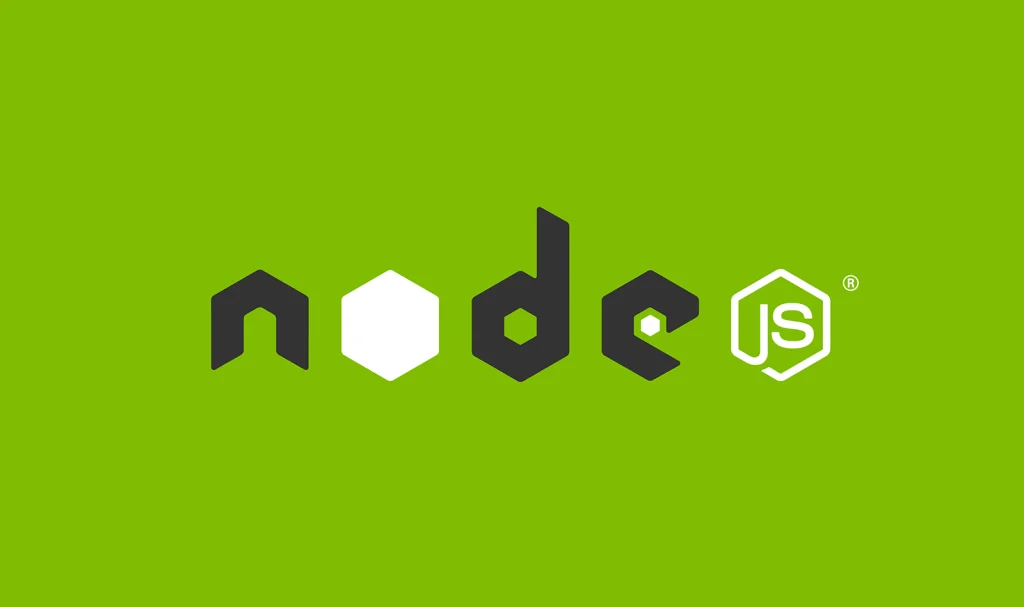Title: The Evolution of AI Chatbots: ChatGPT and Beyond

Introduction
In the realm of artificial intelligence, one of the most fascinating and rapidly advancing technologies is natural language processing (NLP). At the forefront of this field stands ChatGPT, an innovative AI chatbot developed by OpenAI. ChatGPT represents a significant milestone in the journey toward creating intelligent conversational agents, and it opens up new possibilities for communication, automation, and customer service. In this article, we will delve into the world of ChatGPT, exploring its capabilities, applications, and the future of AI chatbots.
I. The Rise of ChatGPT  ChatGPT is the successor to GPT-3, an earlier version of the model that garnered attention for its remarkable ability to generate coherent and contextually relevant text. OpenAI took this foundation and fine-tuned it to create a chatbot capable of engaging in dynamic and meaningful conversations with users.
ChatGPT is the successor to GPT-3, an earlier version of the model that garnered attention for its remarkable ability to generate coherent and contextually relevant text. OpenAI took this foundation and fine-tuned it to create a chatbot capable of engaging in dynamic and meaningful conversations with users.
One of the key features of ChatGPT is its ability to understand context, follow instructions, and provide nuanced responses. This leap in conversational AI has attracted widespread attention and adoption across various industries.
II. Capabilities of ChatGPT
1.Understanding ChatGPT: A Marvel of Artificial Intelligence
At its core, ChatGPT is a testament to the strides made in natural language processing. Unlike its predecessors, ChatGPT possesses an uncanny ability to comprehend context, nuances, and intricacies of human language. By processing vast amounts of data, it learns to generate responses that are coherent, contextually relevant, and remarkably human-like.
2. Multimodal Input: ChatGPT can process both text and image inputs, making it versatile in understanding and generating content across various mediums.
3. Contextual Awareness: Unlike its predecessors, ChatGPT maintains context over longer conversations, allowing for more coherent and meaningful interactions.
4. Language Support: It can communicate in multiple languages, expanding its accessibility to a global audience.
III. Applications of ChatGPT
1. Customer Support: ChatGPT is increasingly being used in customer service applications, providing instant responses to inquiries and resolving issues efficiently.
2. Content Generation: Content creators and marketers leverage ChatGPT to generate compelling articles, product descriptions, and ad copies. Its ability to understand specific requirements and produce high-quality content streamlines the creative process.
3. Educational Assistance:
In the realm of education, ChatGPT serves as a virtual tutor, offering personalized learning experiences to students. It adapts to individual learning styles, providing explanations and guidance on a wide array of topics, thereby enhancing the overall learning process.
4. Language Translation: Its multilingual capabilities make it an excellent tool for real-time language translation, benefiting travelers, businesses, and global communication.
5. Creative Writing: ChatGPT has shown promise in helping authors and screenwriters brainstorm ideas, develop characters, and overcome writer’s block.
6. Healthcare:
ChatGPT has found its way into healthcare applications, offering support for mental health through therapeutic conversations. It also aids medical professionals in research, providing quick access to relevant information and studies.
IV. Ethical Considerations and Challenges: While ChatGPT’s capabilities are awe-inspiring, there are ethical considerations to be addressed. Ensuring responsible use, preventing the spread of misinformation, and respecting user privacy are paramount. OpenAI continues to work rigorously to address these challenges, aiming for a future where AI benefits all of humanity.
V. Human-like Interactions: The Key to ChatGPT’s Success
What sets ChatGPT apart is its capacity to engage users in conversations that mirror human interaction. Whether it’s answering complex queries, generating creative content, or providing empathetic responses, ChatGPT excels in emulating the natural flow of conversation. Its ability to understand context and respond appropriately makes it an invaluable tool in various professional domains.
VI. The Future of ChatGPT
As technology continues to advance, we can expect even more sophisticated AI chatbots in the future. ChatGPT represents a stepping stone toward the development of AI systems that can engage in deeper and more empathetic conversations. Future iterations may incorporate improved emotional intelligence, enabling them to provide better emotional support and empathy to users.Additionally, as AI models become more efficient and accessible, we can anticipate broader integration of ChatGPT into various aspects of our daily lives, from virtual personal assistants to healthcare and legal services.
ChatGPT is a remarkable achievement in the world of artificial intelligence, pushing the boundaries of what is possible in natural language processing. Its capabilities span across industries and applications, from customer support to content creation and education. However, as we harness the power of AI chatbots, it is imperative that we navigate the ethical challenges responsibly. The future holds great promise for the continued evolution of conversational AI, and ChatGPT is at the forefront of this exciting journey.









